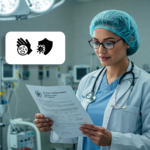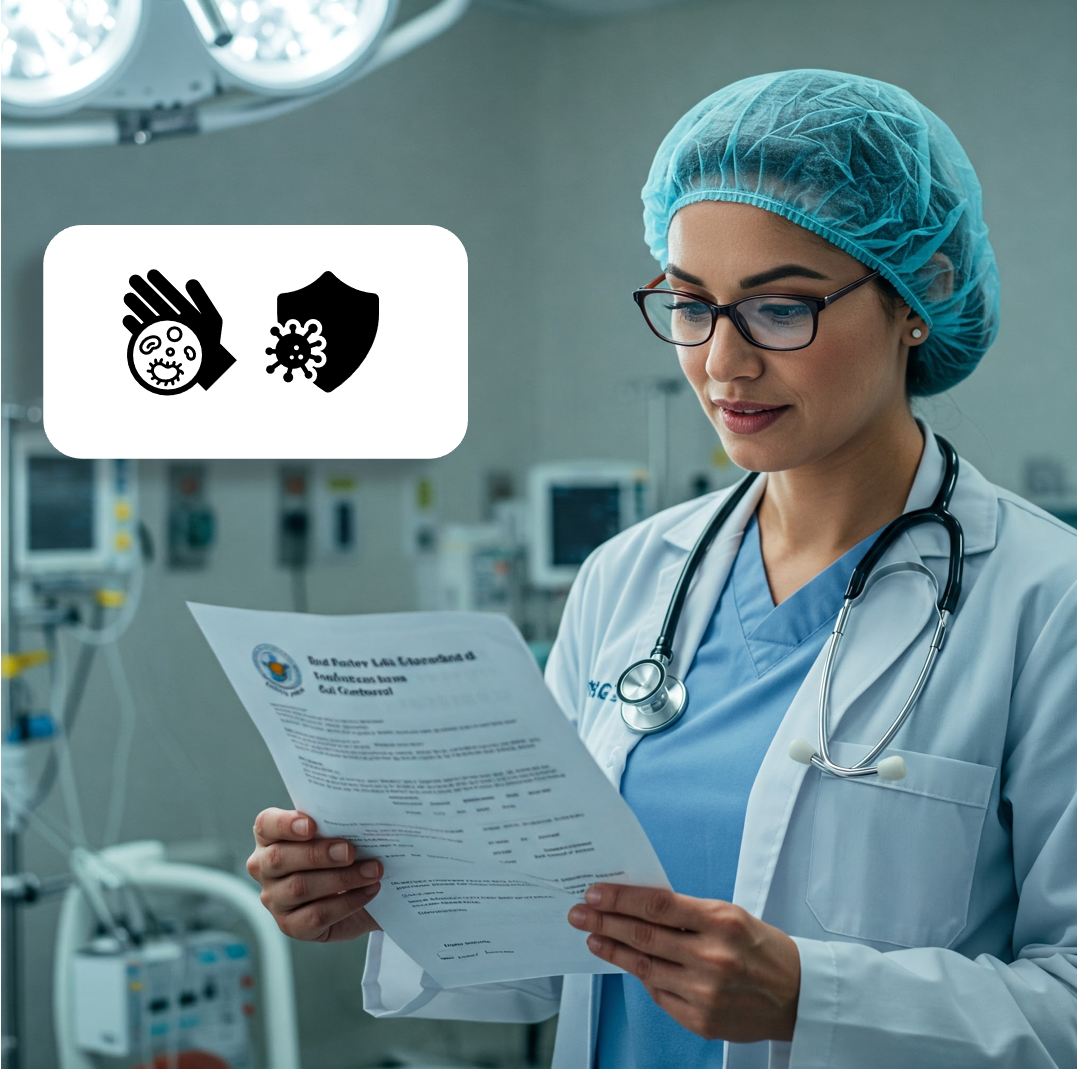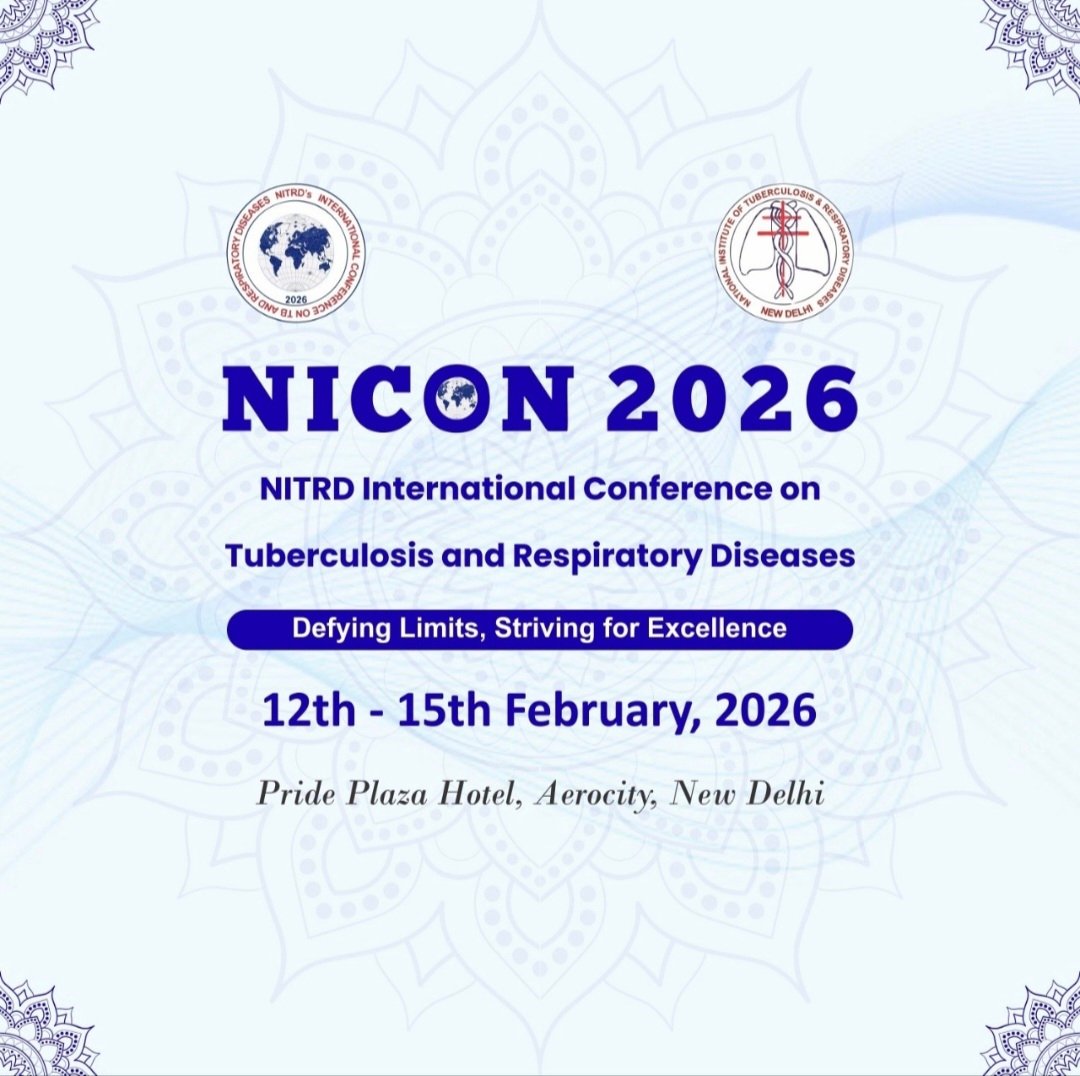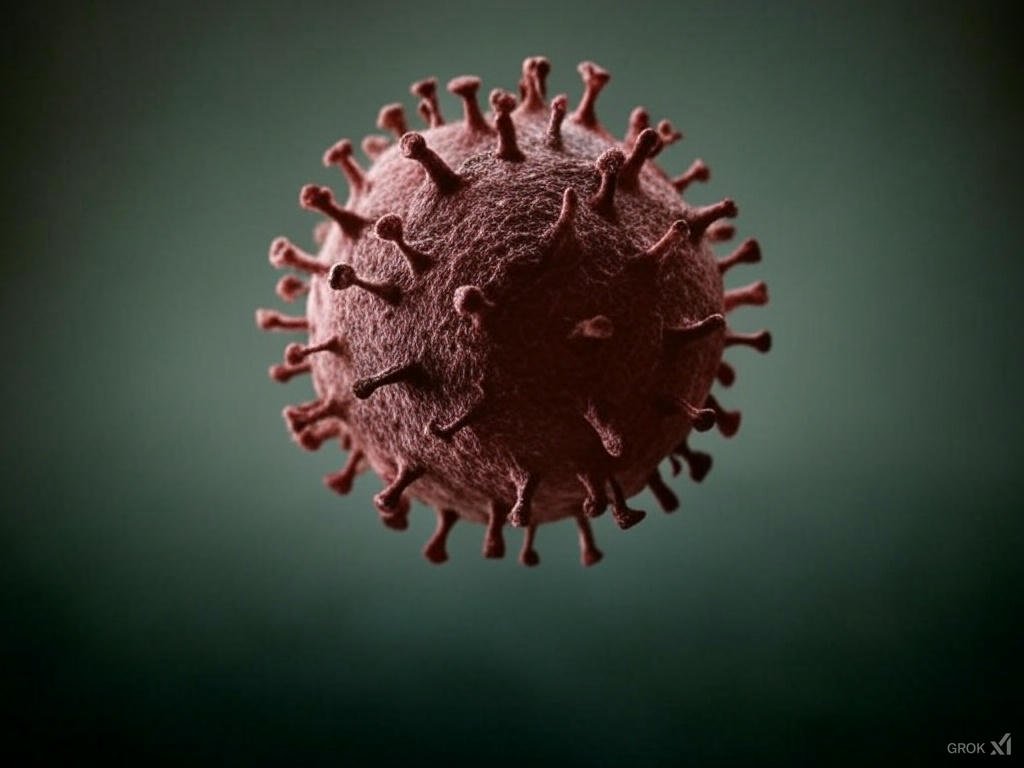Disclaimer: This post is for academic purposes only. Please read the original document if you intend to use them for clinical purposes.
This document provides a summary of the World Health Organization (WHO) guidelines for the diagnosis, treatment, and care of meningitis, 2025. These guidelines offer evidence-based recommendations and good practice statements to improve patient outcomes and support the global effort to defeat meningitis by 2030. They cover a wide range of topics, including the global burden of meningitis, etiology, clinical presentation, diagnostic approaches {including lumbar puncture, cerebrospinal fluid (CSF) analysis, and imaging}, antimicrobial treatment, adjunctive therapies (such as corticosteroids), post-exposure prophylaxis, management of complications (like seizures and increased intracranial pressure), and rehabilitation. The development of these guidelines followed a rigorous methodology, involving a multidisciplinary Guideline Development Group (GDG) and consideration of various factors, including the certainty of evidence, balance of benefits and harms, resource implications, equity, and feasibility.
Main Themes:
Global Burden and the “Defeating Meningitis by 2030” Roadmap
- Meningitis remains a significant global health concern.
- WHO has launched the “Defeating meningitis by 2030: a global road map” initiative to coordinate global efforts towards prevention and control.
- The guidelines aim to contribute to this roadmap by providing up-to-date, evidence-based recommendations.
Etiology of Meningitis
- The guidelines detail various bacterial, viral, and other etiologies of meningitis.
- Key bacterial pathogens mentioned include:
- Streptococcus pneumoniae: Resistance to Penicillin and Cephalosporins is a significant concern.
- Neisseria meningitidis: Post-exposure prophylaxis for close contacts is crucial.
- Haemophilus influenzae: While serotype b incidence has declined due to vaccination, non-b serotypes and non-typeable strains are emerging.
- Streptococcus agalactiae (Group B Streptococcus – GBS): A major cause in neonates and infants.
- Listeria monocytogenes: Specific risk factors necessitate the addition of Ampicillin or Amoxicillin to empiric treatment. Risk factors include age over 60 years, pregnancy, immunosuppressive therapy, organ transplantation, malignancy, advanced HIV disease, diabetes mellitus, end-stage kidney disease, liver cirrhosis, alcohol use disease.
- Non-typhoidal salmonellae: Particularly prevalent in sub-Saharan Africa, with higher risk in infants and immunocompromised individuals.
- Other potential bacterial etiologies in endemic areas or with specific risk factors include tuberculosis, brucellosis, leptospirosis, Lyme disease, and syphilis.
- Viruses are also a significant cause of meningitis.
Methodology for Guideline Development
- The guidelines were developed using WHO standards and methods, including systematic reviews of evidence and the Grading of Recommendations Assessment, Development and Evaluation (GRADE) approach to assess the certainty of evidence.
- The GDG considered various domains, including the certainty of evidence, the balance between desirable and undesirable effects, values and preferences of intended users, resource requirements and cost-effectiveness, health equity, equality and non-discrimination, feasibility, human rights and sociocultural acceptability.
Diagnosis
- Lumbar Puncture (LP): LP is a crucial diagnostic tool, but contraindications exist, including known or suspected bleeding diathesis or disorder; skin or soft tissue infection or suspected spinal epidural abscess overlying or localized within close proximity to the lumbar puncture site; hemodynamic or respiratory compromise that requires clinical stabilization. LP should be deferred in individuals with raised intracranial pressure and risk of cerebral herniation. Risk factors for abnormal cranial imaging (suggesting increased ICP) include:
- age of 60 years or older
- immunocompromised state
- history of central nervous system disease
- seizures within one week before presentation
- abnormal level of consciousness
- inability to answer two consecutive questions correctly
- gaze palsy
- abnormal visual fields
- facial palsy
- arm drift
- leg drift and abnormal language
- Cerebrospinal Fluid (CSF) analysis: CSF opening pressure and macroscopic appearance (turbidity) are important indicators. Acute bacterial meningitis most often presents with a turbid or cloudy CSF, primarily due to the abundant presence of white blood cells (WBCs).
- CSF neutrophil count, total protein concentration, and glucose concentration are key parameters. For example, CSF neutrophil count likely has moderate to high sensitivity and moderate to high specificity
- CSF lactate may be useful when no prior antibiotic therapy has been administered.
- CSF culture and antimicrobial susceptibility testing (AST) are essential. AST methods should be performed as described in internationally recognized guidelines, such as those provided by the Clinical and Laboratory Standards Institute (CLSI) and the European Committee on Antimicrobial Susceptibility Testing (EUCAST). Breakpoints specific to meningitis should be used due to limited drug penetration across the blood-CSF barrier.
- Molecular testing (PCR) is highlighted for its high sensitivity and specificity in detecting bacterial or viral DNA.
- Peripheral Blood Tests: Peripheral WBC count, C-reactive protein (CRP), and Procalcitonin (PCT) have been evaluated for their diagnostic accuracy, with varying levels of certainty of evidence.
- Blood glucose measurement is needed to interpret CSF glucose levels.
- Coagulation studies and serum electrolytes/organ function tests may be useful in specific clinical scenarios.
- Cranial Imaging (e.g., CT scan): Recommended before LP in adults with suspected meningitis and specific risk factors for increased intracranial pressure to reduce the risk of cerebral herniation.
Treatment
- Empiric Antimicrobial Therapy: Initial antibiotic choice should consider the likely pathogens based on age, clinical context, and local epidemiology of antimicrobial resistance.
- In settings with a high prevalence of penicillin or cephalosporin resistance in Streptococcus pneumoniae, intravenous Vancomycin would provide adequate antimicrobial coverage against resistant strains (In low tuberculosis burden settings, Rifampicin can be an alternative to vancomycin, but in high tuberculosis burden settings, rifampicin should only be used if vancomycin is unavailable or contraindicated due to the risk of inducing rifampicin resistance in tuberculosis.)
- Ampicillin or Amoxicillin should be added to the empiric regimen when Listeria monocytogenes infection is suspected based on risk factors.
- The choice of antibiotics should be guided by local antimicrobial susceptibility patterns, especially considering increasing ciprofloxacin resistance.
- Specific Antimicrobial Therapy: Once culture and AST results are available, the antimicrobial regimen should be reviewed and modified accordingly to narrow the spectrum and optimize therapy.
- Recommended durations of antibiotic therapy are provided for various pathogens (e.g., Streptococcus agalactiae and Listeria monocytogenes typically require longer courses).
- Adjunctive Corticosteroids: Intravenous corticosteroids may have beneficial effects compared to placebo in terms of lower rates of mortality, short-term neurological sequelae, hearing loss and post-meningitis epilepsy.
- Other Adjunctive Therapies:
- Osmotic agents like Mannitol or Hypertonic saline can be used temporarily for increased intracranial pressure.
- Fluid management requires careful consideration, with uncertainty regarding the benefit of fluid restriction compared to maintenance fluids based on limited evidence from LMICs.
- Management of acute symptomatic seizures with anti-seizure medicines (ASMs) is crucial.
Post-Exposure Prophylaxis
- Antibiotic prophylaxis should be provided to close contacts of Neisseria meningitidis cases as soon as possible, ideally within 14 days of case identification. Administration later than 14 days after case identification likely has limited or no benefit. Close contacts should be defined based on context-specific factors.
- Rifampicin and Ciprofloxacin have been shown to be effective in eradicating nasopharyngeal carriage of N. meningitidis. Ceftriaxone was more effective than rifampicin in eradication.
Rehabilitation
- The WHO Package of Interventions for Rehabilitation (PIR) provides guidance on essential rehabilitation interventions for neurological conditions, including those resulting from meningitis.
- Rehabilitation interventions span various domains, including vision, speech, language, communication, cognition, mobility, and psychosocial well-being.
Implementation and Updating of WHO Resources
- WHO will actively disseminate these guidelines to relevant stakeholders.
- Capacity-building activities will be undertaken at regional, sub-regional, and national levels to support the adaptation and implementation of the guidelines.
- Key WHO resources, including the WHO model list of essential medicines, the WHO model list of essential in vitro diagnostics and the WHO Access, Watch, Reserve (AWaRe) antibiotic book will be updated based on these guidelines.
- There is an urgent need to revise and update WHO standard case definitions for meningitis outbreaks and epidemics, which WHO is actively addressing.
Conclusion:
This document highlights the key aspects of the upcoming WHO guidelines on meningitis diagnosis, treatment, and care. It underscores the comprehensive nature of the guidelines, the rigorous methodology employed in their development, and their importance in supporting global efforts to combat this serious disease.
Citation: WHO guidelines on meningitis diagnosis, treatment and care. Geneva: World Health Organization; 2025. License: CC BY-NC-SA 3.0 IGO.









